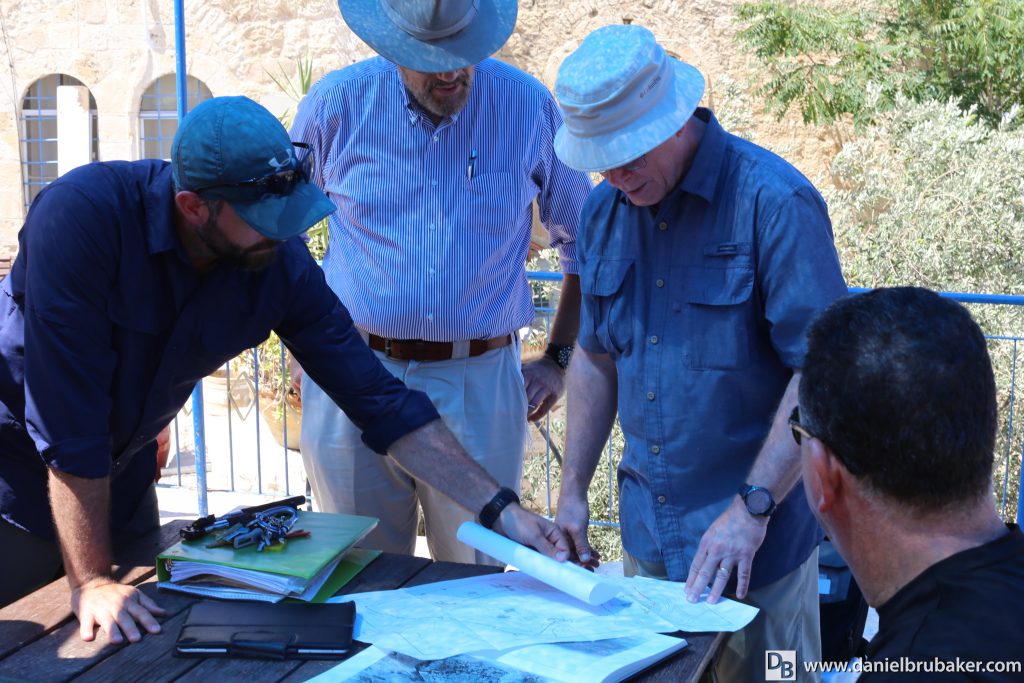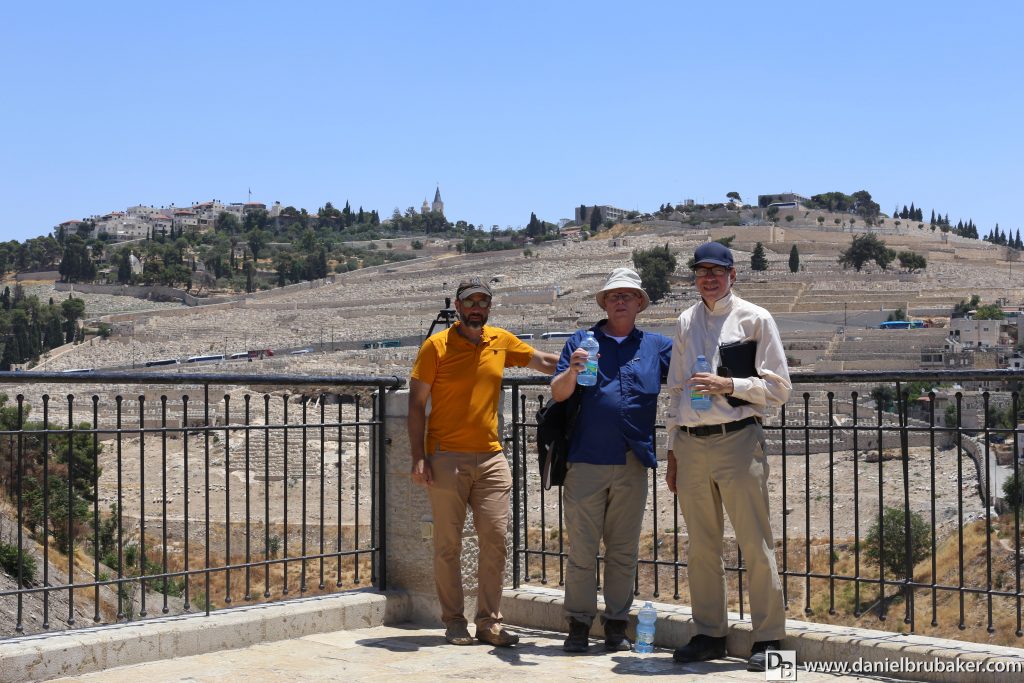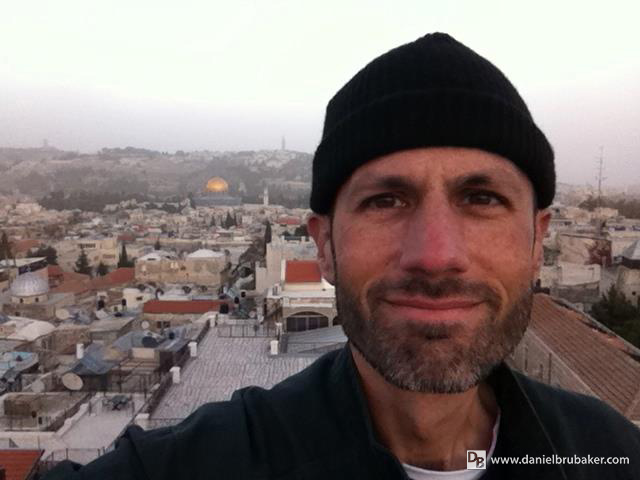In June of 2019, I was invited on a trip to Jerusalem by Mr. Eric Lambert. I was to be the third member of the team, alongside Mr. David McElfresh. The project is generally interested in locating and perhaps excavating the walls of the old city of Jerusalem that were rebuilt by Nehemiah upon the return of the Babylonian exiles. It is also interested in seeing where these walls terminated, because such information will clarify the exact location of the Second Temple, either confirming the Temple Mount site or demonstrating an alternate location.

It is the theory of Mr. Lambert that the Temple was actually located at the top of the City of David, adjacent to the Akra, which has been identified to be at the location of the Givati Parking Lot dig, to the southwest of the Temple Mount, which Mr. Lambert believes to actually have been Antonia’s Fortress. We were attempting to get confirmation of this during the past summer, as Mr. Lambert recalled reading that a prior archeologist had noted the word “Akra” inscribed on an enormous cistern that had been explored beneath this site. Unfortunately, none of the local people to whom we spoke, including the Arab shop owners near the Givati Parking Lot and also an old friend near the Pool of Siloam had no memory or knowledge of such a thing.
The alternate location for the Temple would mean, among other things, that the current Western Wall was not supporting the Temple at all, but rather the fortress that served to garrison Roman soldiers and their families. Perhaps not surprisingly, there is a great deal of emotion surrounding these theories. I am sympathetic to this emotion and here, as usual, find myself involved (though this time far more tangentially) in a controversial topic without meaning to cause anyone emotional distress.
For my part, I still in information-gathering mode and not committed to any theory while remaining open to all. Each theory seems to have its problems. Further, I am new to this vein of research. I will observe that Mr. Lambert appears to have done his homework, and there seem to be serious problems with the current Temple Mount being the site when it comes to alignment with the details of the historical accounts including the Bible, including the above-mentioned location of the Akra which was supposed to overlook the Temple courtyard. I will not go into many details here, as this post is just an update and summary.
Getting back to the walls of Nehemiah’s Jerusalem: Interestingly, major portions of these (now buried over the centuries, with only a couple of portions today exposed, having been excavated by prior archaeological projects) are outside the current old city walls of Jerusalem.

During five days on location, we made our way around to several exposed portions of the wall. These are on the outside of the southwest part of the Old City, down the south slope of Mt. Zion. The wall happens to run east to west through (again, now buried) the graveyard where Oskar Schindler is buried, and Schindler’s grave appears to lie within the area of the Tower of the Ovens that is referred to in Nehemiah 3:11.
We had occasion to speak with others working on at least two different archaeological digs. Israel is rich with layer upon layer of history beneath your feet nearly anywhere you go, and Jerusalem is being respectfully excavated at a quick pace today.
My observation is that the explorer who treats the Bible as a reliable source of history has a tremendous advantage in such work. It is fascinating to see that many archaeologists seem to use the Bible only for purposes of corroboration, rather than paying very close attention to its details in order to understand where to dig and what to look for.
